content body
What does teaching innovation look like at Auburn in 2025? For the Biggio Center for the Enhancement of Teaching and Learning (Biggio Center), it looks like a team of faculty guiding colleagues through everything from place-based teaching in the outdoors to using artificial intelligence in the classroom.
The Biggio Center has announced the 2025–26 cohort of Faculty Fellows, welcoming two new members and continuing its mission to support instructional excellence across Auburn University. The fellows program empowers faculty to lead strategic projects, facilitate workshops and collaborate across disciplines to enhance teaching and learning throughout campus. Teaching feedback and course consultations are a key service provided by the fellows.
“Faculty Fellows serve as campus leaders who model innovation in their own teaching while guiding colleagues to explore new approaches,” said Lindsay Doukopoulos, associate director of educational development at the Biggio Center. “By bringing discipline-specific expertise, they help us design and deliver programs, events and services that are responsive to the diverse needs of Auburn’s faculty, staff and graduate instructors.”
New voices, new vision
This year’s cohort reflects a dynamic blend of new energy and experienced leadership. Joining the program for the first time are Michael Brunson and Iulia Pittman, whose perspectives add depth to the fellows’ work.
Brunson, a professor of practice in the Parks and Recreation Management program, draws on 15 years of experience in outdoor education and conservation. His focus on place-based learning helps students connect with their communities and environments while sharpening problem-solving skills.
Pittman, a professor of German and linguistics, brings more than two decades of classroom experience and a passion for faculty development. Her work centers on coaching and mentoring, supporting colleagues as they align their teaching with inclusive practices for multilingual learners and identity development.
Together, Brunson and Pittman represent the program’s forward-looking approach, one that values both innovation and mentorship as essential to student success.
Building on a strong foundation
Returning fellows continue to expand the program’s reach and impact across campus.
Rachel Prado, senior lecturer in chemistry and biochemistry, focuses on active learning in large lecture settings and on building faculty community. Her leadership in the Scholarship of Teaching and Learning Project Development Institute, the Nontenure Track Faculty Learning Community and the Auburn University Summer STEM Institute reflects her commitment to inclusive, student-centered teaching in STEM.
Adam Payne, senior lecturer and teaching excellence coordinator in geosciences, offers a campuswide perspective on faculty development. A cultural geographer by training, he leads New Faculty Orientation and New Faculty Scholars while co-facilitating workshops that provide practical teaching toolkits for colleagues and graduate teaching assistants preparing for academic careers.
Anna Ruth Gatlin, associate professor in consumer and design sciences, continues to explore the intersection of design, technology and engagement. Through her work with the EASL Academy and New Faculty Scholars, she helps faculty integrate active learning and artificial intelligence into their classrooms. Her scholarship offers a unique lens on creativity in teaching.
Virginia Kunzer, professor of flute in the Department of Music, also leads initiatives on teaching with AI and student feedback. An internationally recognized performer and Miyazawa Performing Artist, she brings a collaborative spirit to her work, helping faculty navigate emerging technologies while maintaining student-centered learning.
With the 2025–26 academic year underway, Faculty Fellows will further their work in coaching, curriculum design and technology integration. Their collective efforts not only strengthen Auburn’s teaching culture but also highlight the university’s broader commitment to instructional excellence and innovation.
Together, these six faculty members are not just enhancing classrooms; they are shaping how Auburn thinks about teaching for the future.




